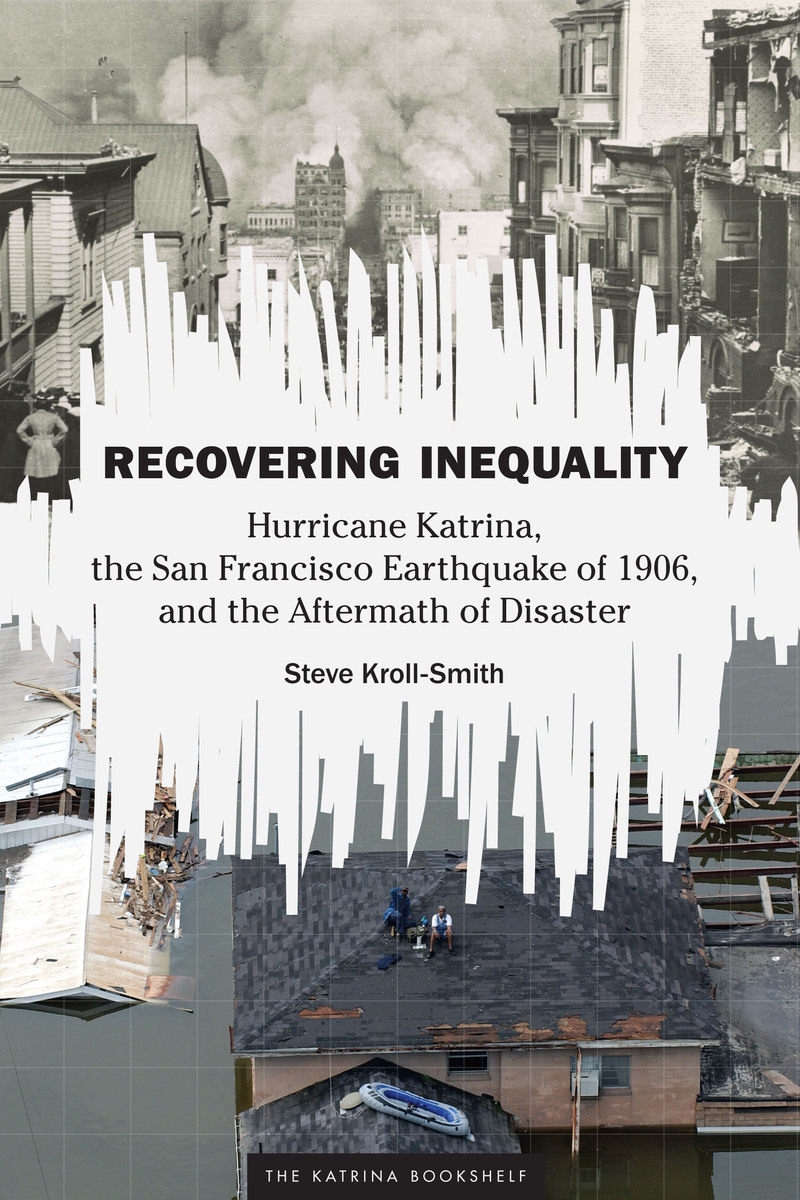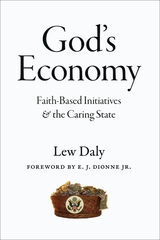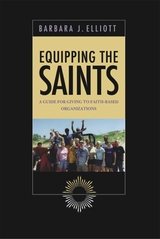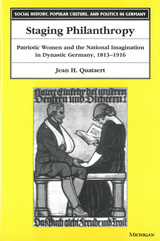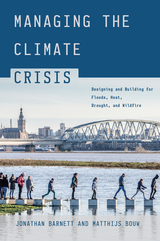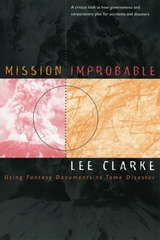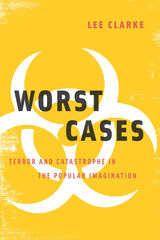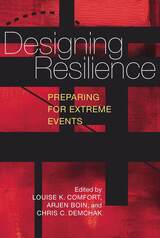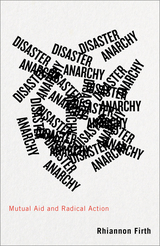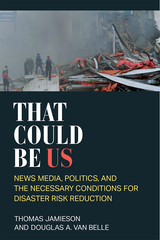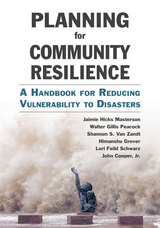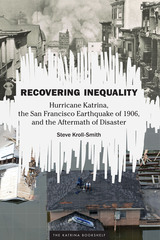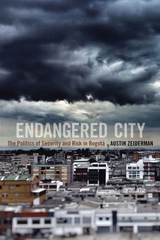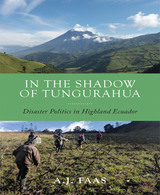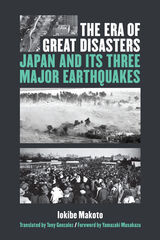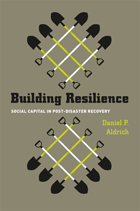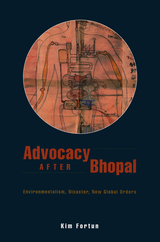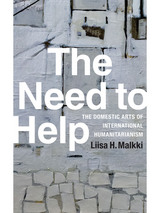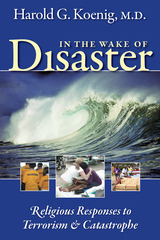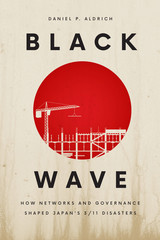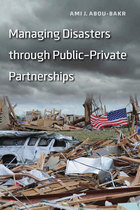This book exposes the inherent inequalities in American society, especially visible in times of crisis, and offers a sobering account at how social hierarchies are upheld even when given the ideal opportunity for redress. It is a valuable addition to disaster scholarship.
— Social & Cultural Geography
[A] provocative book that will prompt its readers to think seriously about how market forces can influence the aftermath of a natural disaster and the inequality of treatment of the poor, elderly and sick.
— Roundup Magazine
[A]n academic read that shines a light on the idea of 'recovery' to examine how many of the factors guiding a city's trajectory after disaster perpetuate inequality.
— Kinder Institute at Rice University
Echoing W.E.B. DuBois’ ingenious interdisciplinary combinations of poetry, history, quotes, and statistics, Kroll-Smith combines fictional renderings, newspaper clippings, policy decisions, and first-hand descriptions with rhythmic prose to create a page-turning analysis of the similarities and differences between two iconic U.S. disasters...Retelling the story of these two disasters side by side, Kroll-Smith is able to illuminate that our failures to respond swiftly and justly after tragedies is not just an isolated occurrence but the pattern.
— Social Forces
Revelatory…Written with engaging and often eloquent turns of phrase, [Recovering Inequality] is the work of a sociological mind atop its craft and respectful of readers' time and intellect.
— Contemporary Sociology
An accessible and illuminating work...Kroll-Smith has produced a rare specimen: an academic book that is illuminating, theoretically rich, and a pleasure to read. His prose is deft and light, his eye for detail is vivid, and the book is illustrated throughout with photographs from both the archival record and the author's own collection.
— Sociological Inquiry
This is an inspired, illuminating, often anguished comparison. Stimulating fresh questions, Recovering Inequality teaches many lessons about the sources of urban catastrophe, whether by fire or water, and reveals how recurring, indeed deep-rooted, processes shaped social hierarchies both in revitalized San Francisco and rebuilt New Orleans.
— Ira Katznelson, Columbia University, author of Fear Itself: The New Deal and the Origins of Our Time
In this study of two iconic American cities and the aftermath of disaster, Kroll-Smith masterfully reveals how the process of post-disaster reconstruction reflects and expresses the fundamental tensions and contradictions in our social, economic, and environmental relations.
— Anthony Oliver-Smith, from the foreword
This book pushes the boundaries of scholarship on disasters, asking sobering questions about the role of market forces in disaster recovery. While retaining what anthropologists call ‘thick description’ of both case studies, the book offers rich theoretical insights, zooming out to Marx, Durkheim, Weber, and the foundations of modern US sociology.
— Mark Schuller, Northern Illinois University, author of Humanitarian Aftershocks in Haiti
This book makes important contributions to the field of disaster social science specifically and sociology more broadly. Recovery is one of four major phases of the disaster cycle, but the concept lacks clarity in the broader literature. Traditional views of recovery as a ‘return to normal’ and ‘setting things right’ obscure more than enlighten the nuances of ‘recovery.’ This book’s focus on inequality provides much-needed insight on this phase of disaster. Its focus on market forces in re-establishing unequal social statuses and determining the worthiness of receiving relief promotes a re-examination of this important phase of disaster recovery.
— Duane Gill, Oklahoma State University, coauthor of The Exxon Valdez Disaster: Readings on a Modern Social Problem
